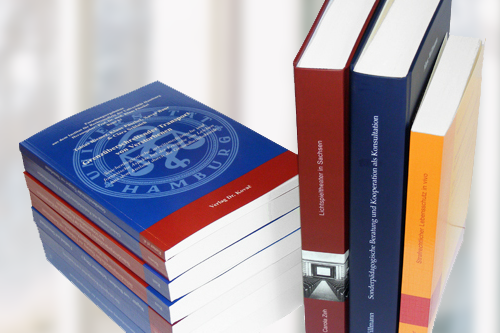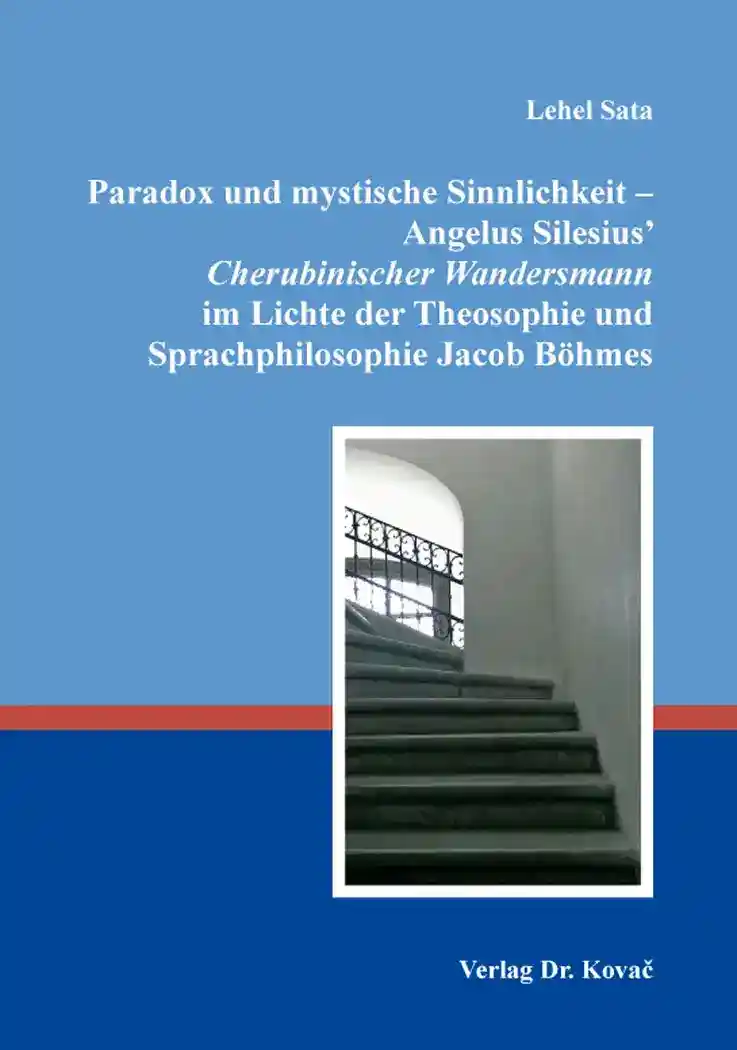Lehel SataParadox und mystische Sinnlichkeit – Angelus Silesius‘ Cherubinischer Wandersmann im Lichte der Theosophie und Sprachphilosophie Jacob Böhmes
POETICA – Schriften zur Literaturwissenschaft, volume 140
Hamburg 2016, 306 pages
ISBN 978-3-8300-9195-0 (print) |ISBN 978-3-339-09195-6 (eBook)
About this book deutschenglish
The year 1675 saw the second apparition of an epigram collection written by Johannes Scheffler (Angelus Silesius). This edition which appeared in Dietz and was given the title Cherubinischer Wandersmann oder Geist=Reiche Sinn= und Schluß=Reime zur Göttlichen beschauligkeit anleitende was ammended by a sixth book. This collection stands in the center of this.
The text interpretation is based on Jacob Böhme’s theosophy and language-philosophy. The foundation of this procedure lays in the scientifically accepted and confirmed Böhme-effect but above all in the fact, that in spite of the existence of this significant intellectual effect, there exists no such comprehensive analysis which would have examined the Kerubian Migrant through the light of the Böhmian nature mysticism and pansophistic world-interpretation.
The goal of this discourse is to compare, based on the so-called „intertextual”-relatioships, the very much with each-other similar manifestations of the two authors, which regarded from their mindset and contents are sometimes even almost identical. The text-analysis is based on two central notions originating from Scheffler: the „paradox” („paradoxa”) and the „godly-vision” („Göttliche beschauligkeit”). After having presented a few expressive examples for discoures about the notion of „paradox” from the 16th and the 17th centuries, the third chapter features a Scheffler-specific theoretical and poetical analysis of the same notion. The fourth chapter – using the same procedure – presents the problematic of the (mystic) perception. Here, the involvement of the Böhmian-texts in the analysis gains a central importance because by Böhme not only the (mystic) vision but all the other perception-ways are described as forms of the spiritual-experiencing of the mystical unity-experience. As a result, Scheffer’s so called „touching-,” „hearing-,” and „smelling-”epigrams can be viewed from a new perspective.
Keywords
Angelus SilesiusCherubinischer WandersmannEpigrammeJacob BöhmeJohannes SchefflerLiteraturwisschenschaftMystikSprachphilosophieSprachwissenschaftTheosophieIhr Werk im Verlag Dr. Kovač

Möchten Sie Ihre wissenschaftliche Arbeit publizieren? Erfahren Sie mehr über unsere günstigen Konditionen und unseren Service für Autorinnen und Autoren.
